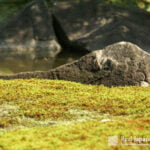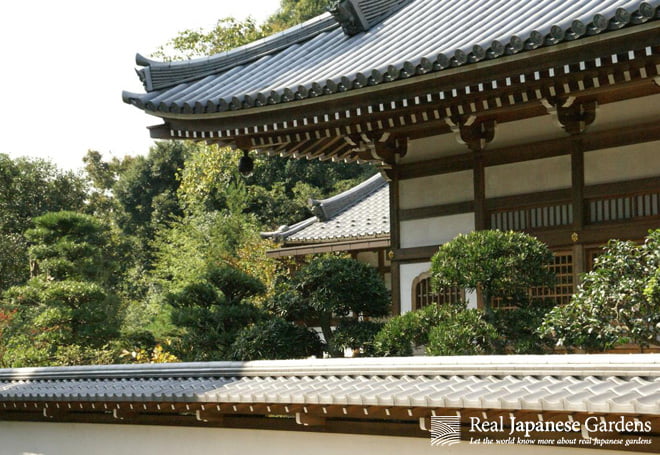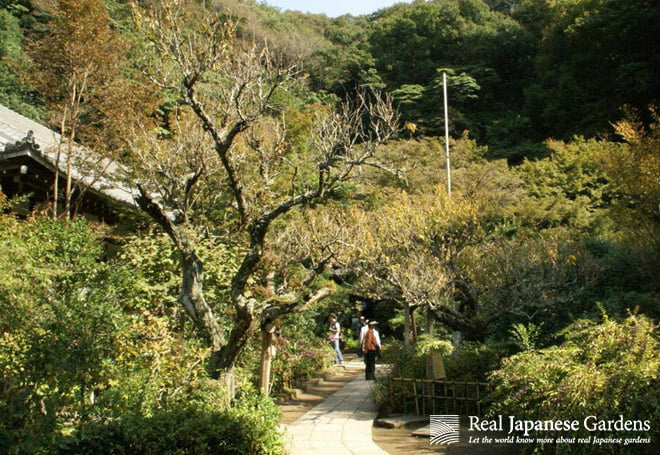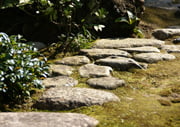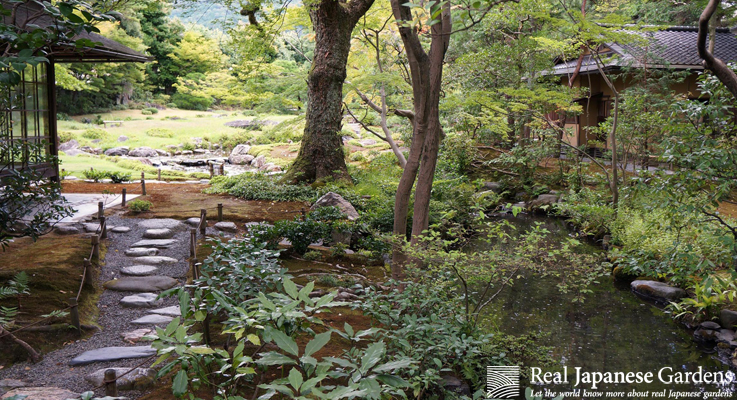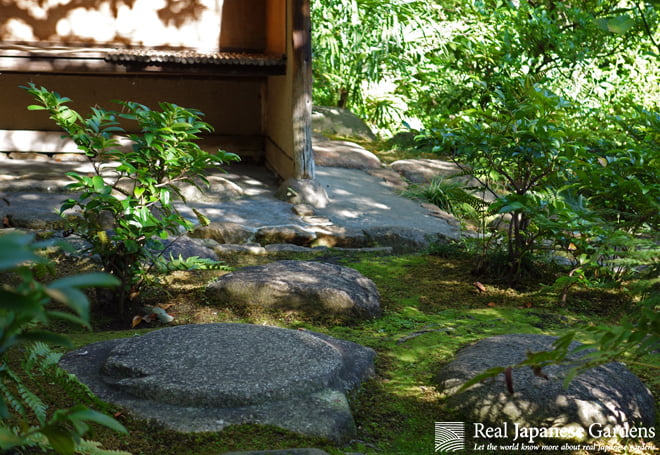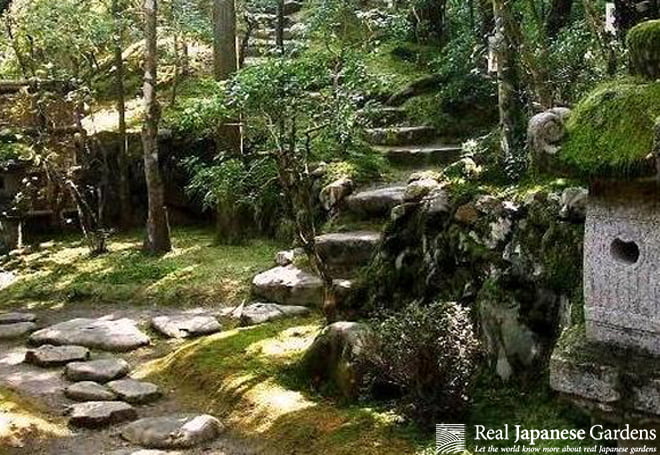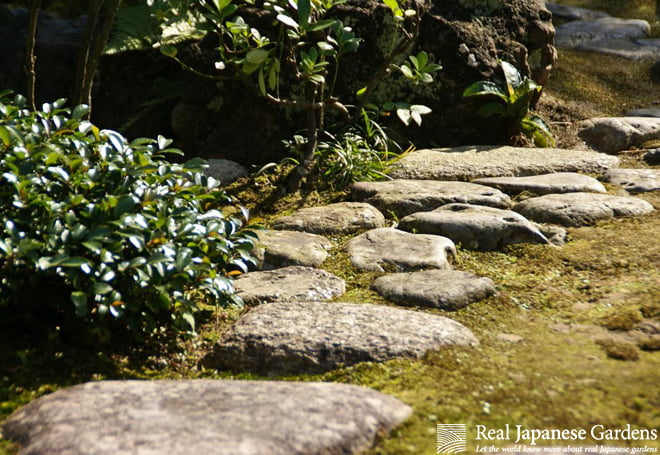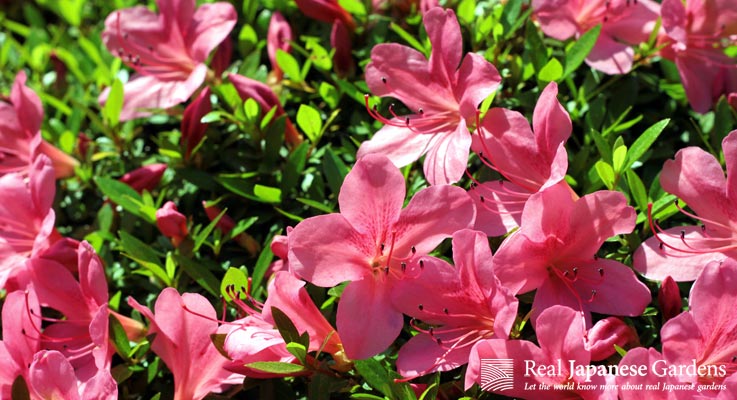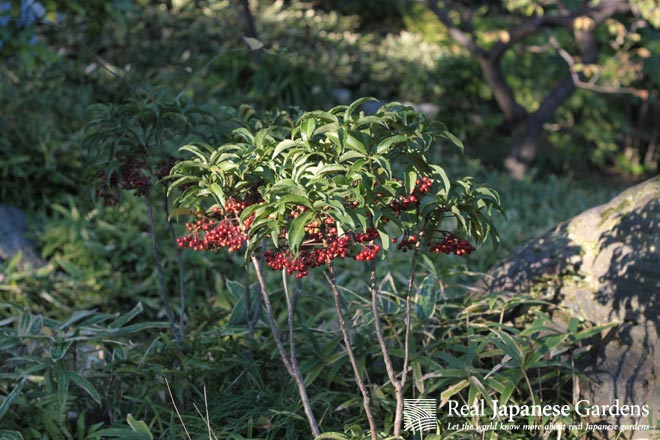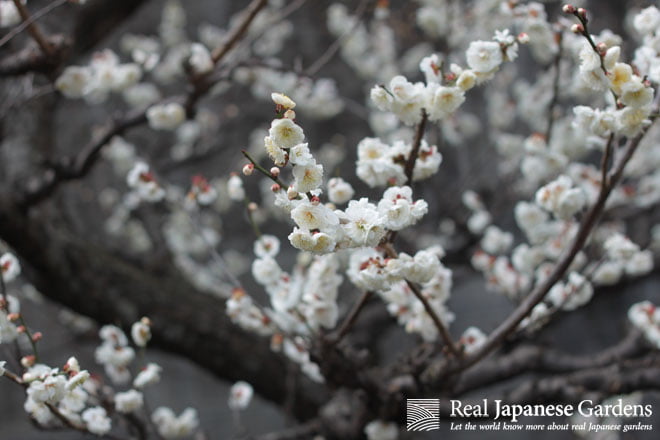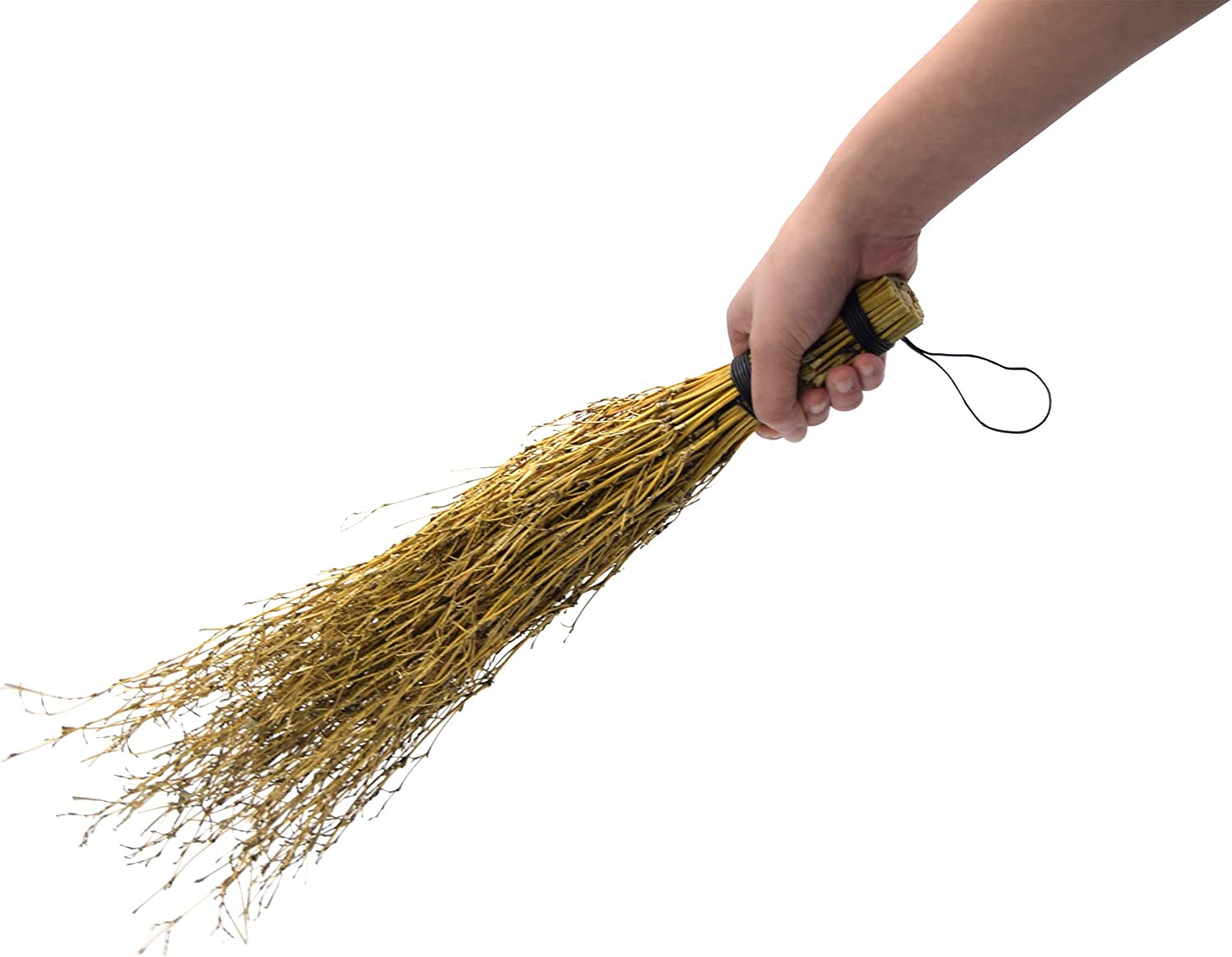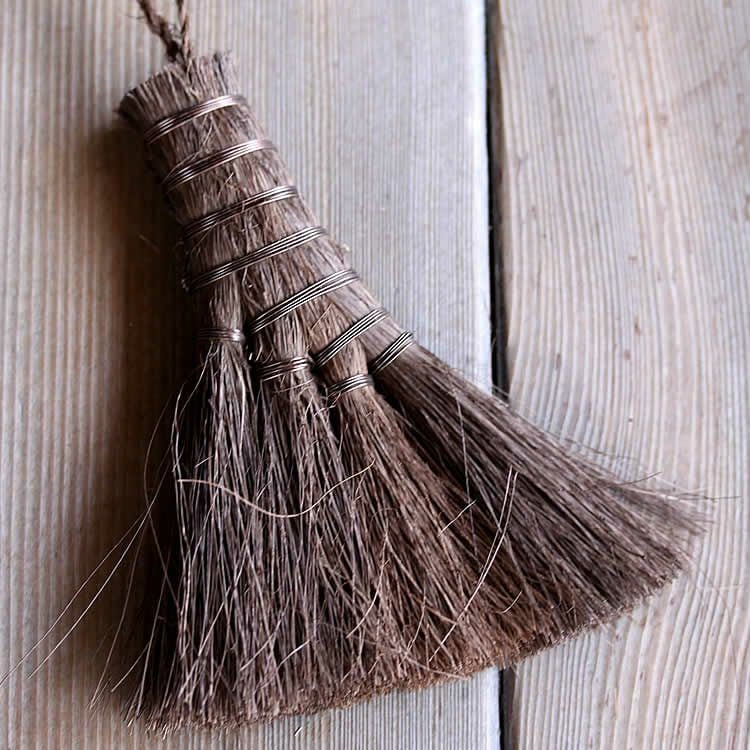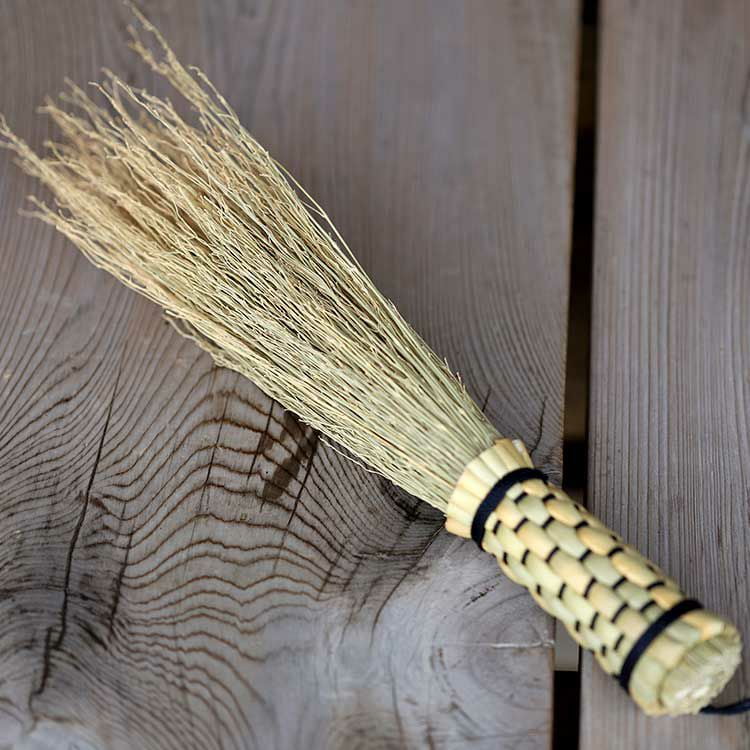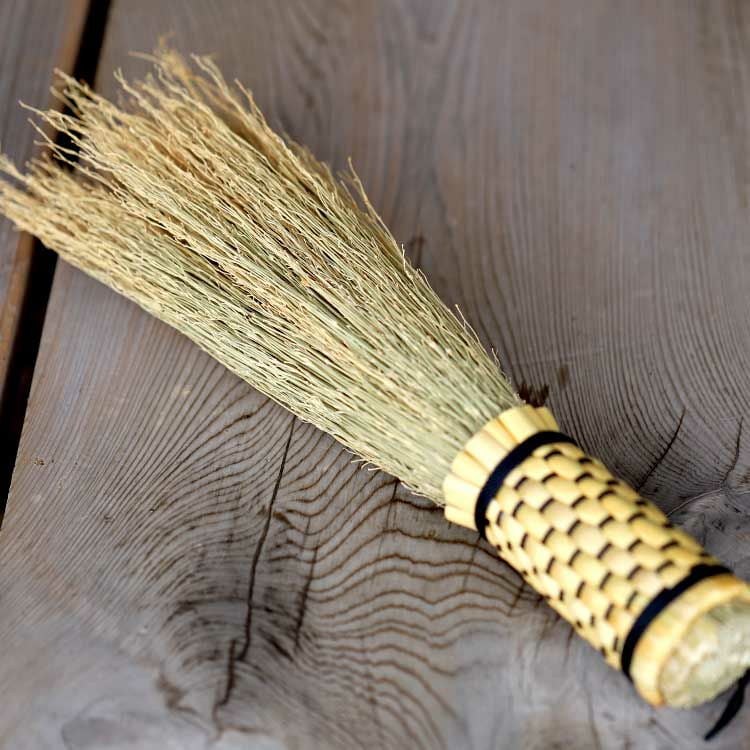- Top >
- Gardens Overview >
- Secret Gardens >
- Kamakura Area >
- Engaku-ji
Engaku-ji(円覚寺)

Meet the charismatic regent Hōjō Tokimune and Zen master Mugaku Sogen and eavesdrop on their Zen conversations. Mongol invasions, Buddha’s tooth, and a forgotten Sutra roll – the founding story of Engaku-ji temple gives you a direct insight into the military and political challenges of the Kamakura period.
Engaku-ji temple is the second most important temple in the Kamakura Zen temple mountain system. It is situated in North Kamakura (Kita-Kamakura 北鎌倉). The Kita-Kamakura station is actually on the former temple grounds and the train line cuts off the temple entrance and pond from the main grounds. It used to have 40 sub-temples, nowadays there are 18. The temple was named after a Sutra roll (a copy of the Sutra of Perfect Enlightenment) that was found in a chest unearthed when the construction works on the temple began in 1277. Engaku means „Perfect Enlightenment“ (円覚, engaku).
Actually, the temple was planned to be built for the Chinese Zen master Lanxi Daolong. Unfortunately, he died before the temple could be finished. Instead, Hōjō Tokimune decided that Engaku-ji temple was devoted to the victims of the battles against the Mongol invasions in 1274 and 1281. Legend has it that white deer appeared on the temple grounds and listened to priest Sogen’s first sermon at the opening ceremony. This was interpreted as a good omen for the temple. Thus the temple received the mountain name ‘Auspicious Deer Mountain’ – Zuiroku-San (瑞鹿山). A mountain name (山号 – San-gō) is traditionally given to temples of the Zen school – one reason is to tell them apart easily, as some temples in different areas carry the same name.
Contents
14 pages
56 illustrations
14.7 MB
The eBook is delivered as PDF.
Feel free to pin these pictures to your Pinterest board:

Engaku-ji temple is the second most important temple in the Kamakura Zen temple mountain system. It is situated in North Kamakura (Kita-Kamakura 北鎌倉). The Kita-Kamakura station is actually on the former temple grounds and the train line cuts off the temple entrance and pond from the main grounds. It used to have 40 sub-temples, nowadays there are 18. The temple was named after a Sutra roll (a copy of the Sutra of Perfect Enlightenment) that was found in a chest unearthed when the construction works on the temple began in 1277. Engaku means „Perfect Enlightenment“ (円覚, engaku).
Actually, the temple was planned to be built for the Chinese Zen master Lanxi Daolong. Unfortunately, he died before the temple could be finished. Instead, Hōjō Tokimune decided that Engaku-ji temple was devoted to the victims of the battles against the Mongol invasions in 1274 and 1281. Legend has it that white deer appeared on the temple grounds and listened to priest Sogen’s first sermon at the opening ceremony. This was interpreted as a good omen for the temple. Thus the temple received the mountain name ‘Auspicious Deer Mountain’ – Zuiroku-San (瑞鹿山). A mountain name (山号 – San-gō) is traditionally given to temples of the Zen school – one reason is to tell them apart easily, as some temples in different areas carry the same name.
Contents
- Introduction
- Historical background – Kamakura period
- History of the temple
- The temple and gardens
- Jenny’s impressions
- Eating and Drinking
- How to get there
- Literature
14 pages
56 illustrations
14.7 MB
The eBook is delivered as PDF.
Feel free to pin these pictures to your Pinterest board:

Directions
How to get there
By train
Yokusuka Line between Kamakura and Tokyo, Kita-Kamakura station.
The train stops directly in front of the temple. Another option is to take a long walk from Kamakura station to Kita-Kamakura.
Opening times
Apr – Oct 08:00 – 17:00
Nov – Mar 08:00 – 16:00
Entrance fee
300 Yen
Address
Yama-no-uchi 409, Kamakura
神奈川県鎌倉市山ノ内409
By train
Yokusuka Line between Kamakura and Tokyo, Kita-Kamakura station.
The train stops directly in front of the temple. Another option is to take a long walk from Kamakura station to Kita-Kamakura.
Opening times
Apr – Oct 08:00 – 17:00
Nov – Mar 08:00 – 16:00
Entrance fee
300 Yen
Address
Yama-no-uchi 409, Kamakura
神奈川県鎌倉市山ノ内409

